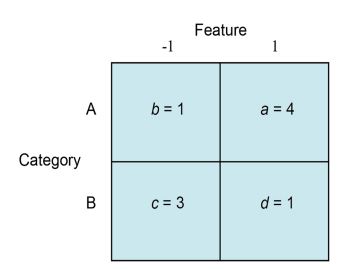09 de mayo 2022
Abstract:
We use a feature-based association model to fit grouped and individual level category learning and transfer data. The model assumes that people use corrective feedback to learn individual feature to categorization-criterion correlations and combine those correlations additively to produce classifications. The model is an Adaptive Linear Filter (ALF) with logistic output function and Least Mean Squares learning algorithm. Categorization probabilities are computed by a logistic function. Our data span over 31 published data sets. Both at grouped and individual level analysis levels, the model performs remarkably well, accounting for large amounts of available variances. When fitted to grouped data, it outperforms alternative models. When fitted to individual level data, it is able to capture learning and transfer performance with high explained variances. Notably, the model achieves its fits with a very minimal number of free parameters. We discuss the ALF’s advantages as a model of procedural categorization, in terms of its simplicity, its ability to capture empirical trends and its ability to solve challenges to other associative models. In particular, we discuss why the model is not equivalent to a prototype model, as previously thought.


